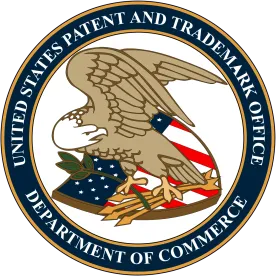Without naming names or technology, I wanted to share an interesting rationale for obviousness I came across recently. The rejection was an “obvious to try” type rejection, based on the assertion that it would have been obvious to try replacing a component used in the cited primary reference with a known alternative that was not disclosed in the cited primary reference. This type of rejection and its factual underpinnings are explained in MPEP § 2143(I)(E).
In addition to technical reasons why such a modification of the primary reference would have been "obvious to try," the argument for obviousness cited motivation to obtain a patent:
There also would have been motivation to be able to obtain a patent, which would have been difficult if the component of the primary reference were used.
In other words:
It would have been obvious to depart from the teachings of the primary reference in order to arrive at something novel over the primary reference that might be patentable.
Is that a valid rationale for obviousness?
MPEP Guidance
The MPEP sets forth the following requirements for an "obvious to try"-type rejection:
-
a finding that at the time of the invention, there had been a recognized problem or need in the art, which may include a design need or market pressure to solve a problem;
-
a finding that there had been a finite number of identified, predictable potential solutions to the recognized need or problem;
-
a finding that one of ordinary skill in the art could have pursued the known potential solutions with a reasonable expectation of success; and
-
whatever additional findings based on the Graham factual inquiries may be necessary, in view of the facts of the case under consideration, to explain a conclusion of obviousness.
As set forth in MPEP § 2141, the Graham factors include:
-
the scope and content of the prior art;
-
the differences between the claimed invention and the prior art; and
-
the level of ordinary skill in the pertinent art.
Does motivation to obtain a patent fall under one of these criteria?
Does the fact that the Constitutional underpinnings of the U.S. patent system are to “promote the progress of science and useful arts” support or undermine this rationale?




 />i
/>i

